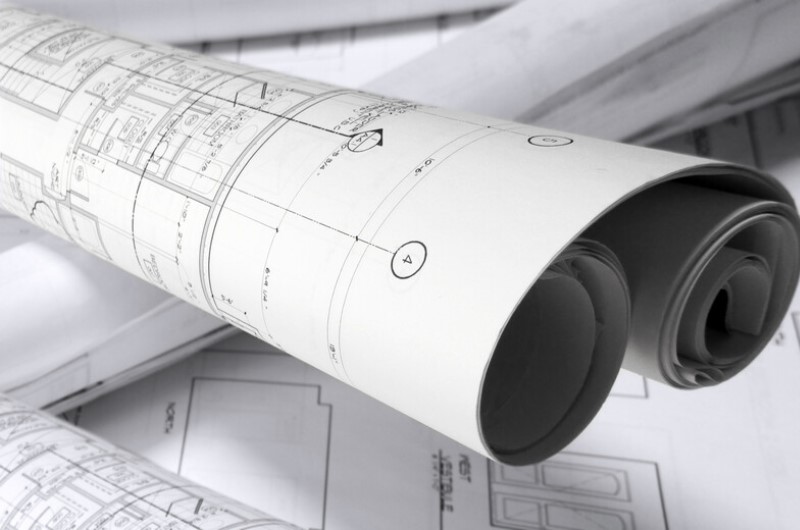Planning for commercial and industrial buildings reached 13-year and 14-year highs, respectively in the Dodge Momentum Index.
Throughout the year, the overall Momentum Index increased 23%, the strongest annual gain since 2005 despite the lingering risks of COVID-19 and low demand for some types of nonresidential buildings, said the Dodge Construction Network, which prepares the index.
“The signals provided by the Dodge Momentum Index continue to suggest that construction activity will improve in 2022—and, more importantly, that this growth will be more balanced than what was seen in 2021. However, the ever-present risks of the pandemic and tight labor force will work to counter these trends, leading to moderate growth over the new year,” DCN forecasted.
December, though, saw some backsliding.
The Index fell 3% in the last month of the year to 166.4 (2000=100), down from the revised November reading of 170.7 with commercial planning down 4%, and institutional planning slipping 1%.
In December, a total of 21 projects with a value of $100 million or more entered planning, according to DCN.
The firm said the leading commercial projects were the $300 million OKANA Resort in Oklahoma City, OK, and the $200 million Project Tarpon Amazon distribution center in Daytona Beach, FL with the leading institutional projects being the $250 million University of Michigan Detroit Center for Innovation in Detroit, MI, and a $150 million laboratory in Lexington, MA.
The December decline followed a falloff in November, the company’s research showed.
Total construction starts fell 14% in November to a seasonally adjusted annual rate of $867.8 billion.
The short-term outlook remains cloudy due to continued escalation in material prices and labor shortages, said Richard Branch, chief economist for Dodge Construction Network.
He added that while construction should see some reprieve in 2022, these challenges will restrain the industry’s ability to fully capitalize on both the large number of projects in planning and funding resulting from the infrastructure package. The result will be moderate growth in construction starts over the near-term, according to the report.
Nonbuilding and nonresidential building starts bore the brunt of November’s decline, falling 30% and 21%, respectively, after seeing sharp increases in October as three large projects broke ground. Residential starts gained a modest 3%. Without October’s large projects, total construction starts in November would have increased by 5%.
Source: GlobeSt.

